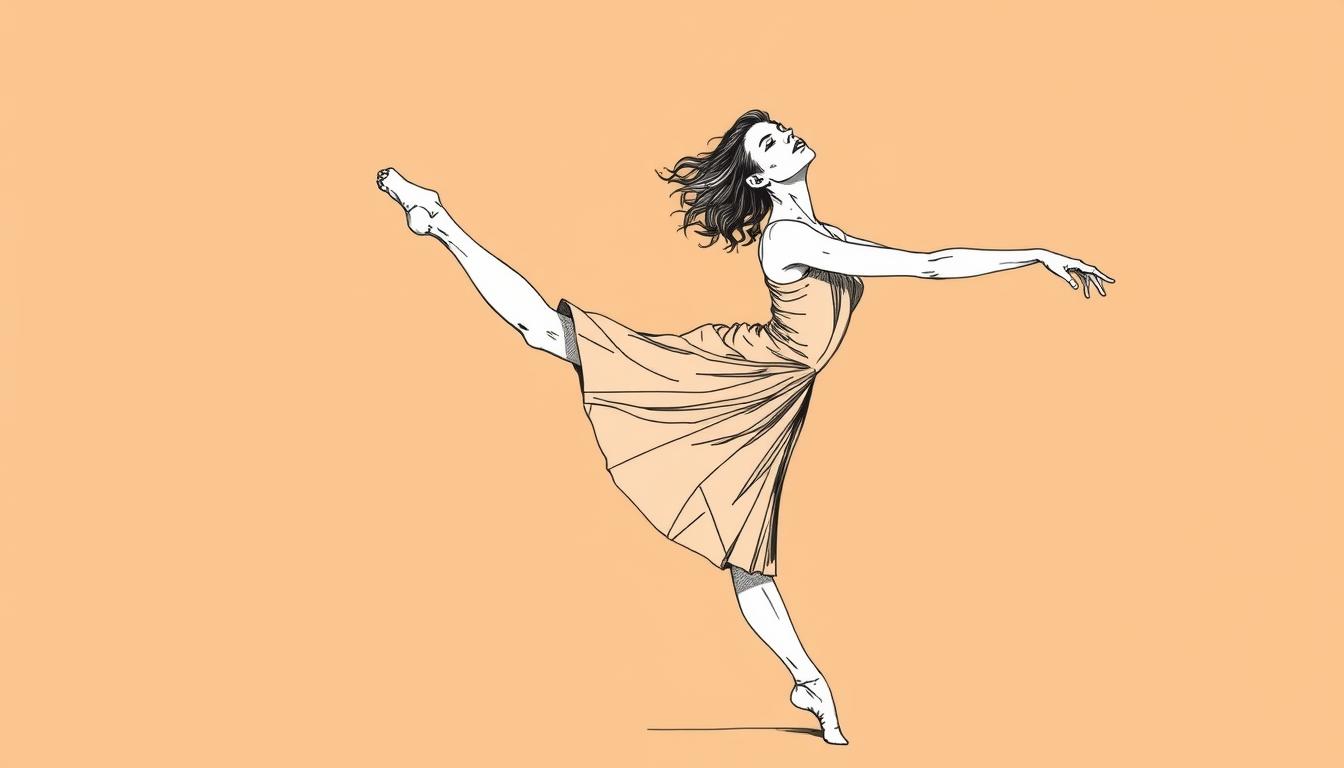She earned the highest rank at the Paris Opera Ballet before her twentieth birthday. This French ballet dancer became the youngest étoile in the company’s long history on a December night in 1984.
Her career was not about staying comfortable. After conquering Paris, she moved to London as a principal guest artist with the Royal Ballet. She performed on her own terms across the world.
A director gave her the nickname “Mademoiselle Non.” It captured her fierce independence. She refused to follow tradition without question.
Sylvie Guillem changed ballet through the sheer force of her technique. She stripped away the ornamental to reveal the essential power of movement. Her legacy endures in every dancer who values craft over conformity.
She left the stage on her own terms. Her final performance was a live broadcast of Boléro as the new year began. It was a fitting end for a figure who always commanded attention through uncompromising artistry.
Early Life and Formative Training
The foundation of her legendary career was built not in ballet studios but on gymnastics mats under her mother’s watchful eye. This early training shaped the physical prowess that would later define her approach to dance.
Childhood Beginnings and Gymnastics Influence
Growing up in the Paris suburbs, Sylvie Guillem came from a working-class family with no connections to the professional dance world. Her father worked as a car mechanic while her mother, a gymnastics teacher, recognized her daughter’s exceptional physical gifts early on.
The young athlete excelled in gymnastics competition circuits. Her extraordinary flexibility and natural ability became apparent during this time. She developed the strength and discipline that would later transfer seamlessly to ballet.
Training at the Paris Opera Ballet School
At age 11 in 1977, everything changed when Claude Bessy, director of the Paris Opera Ballet School, spotted her raw talent. Bessy immediately offered admission, seeing potential that could transform gymnastic precision into ballet artistry.
Guillem initially resisted the transition, missing the explosive power of gymnastics. But during an end-of-term performance, she discovered the thrill of the stage. “One foot on stage. Curtain up. That was it…” she later recalled.
By 1981, at age 16, she joined the Paris Opera Ballet’s corps de ballet. The gymnast had fully transformed into a dancer who brought unprecedented strength and control to every movement.
| Year | Age | Key Development | Training Focus |
|---|---|---|---|
| 1977 | 11 | Admitted to Paris Opera Ballet School | Transition from gymnastics to ballet fundamentals |
| 1978-1980 | 12-15 | Formal ballet education | Technical precision and performance skills |
| 1981 | 16 | Joined Paris Opera Ballet corps | Professional integration and repertoire building |
Rise to Stardom: Breakthroughs and Iconic Performances
At just 18 years old, a major victory at an international competition set the stage for an unprecedented rise through the ranks of French ballet. The dancer’s trajectory moved with astonishing speed from recognition to legendary status.
Young Étoile at the Paris Opera Ballet
In 1983, she won the Special Prize at the Varna International Ballet Competition. This achievement caught Rudolf Nureyev’s attention. He cast her as the Queen of the Dryads in his Don Quixote production.
One year later, everything changed. After a performance in Nureyev’s Swan Lake on December 29, 1984, she became the youngest étoile in Paris Opera Ballet history. At age 19, she held the company’s highest rank.
Collaborations with Rudolf Nureyev and William Forsythe
Rudolf Nureyev, then artistic director, recognized her unique capabilities. He provided roles that blended classical and contemporary styles. This expanded her range significantly.
The 1987 performance of William Forsythe’s In the Middle, Somewhat Elevated became legendary. Partnered with Laurent Hilaire, she delivered the work’s demanding speed and precision. This contemporary ballet stripped away traditional elements.
Her interpretation redefined what classical dancers could achieve in modern works. In 1988, the Royal Ballet invited her for Giselle, celebrating Nureyev’s birthday. The success led to her 1989 move to London as a principal guest artist.
Sylvie Guillem: Pioneering Ballet and Modern Dance
As a principal guest artist with the Royal Ballet, she rewrote the rules of artistic independence. This status gave her freedom to work globally while maintaining her London base.
Influence at the Royal Ballet and Guest Artist Roles
Her role as principal guest artist broke from traditional company structures. She could choose works and collaborators that matched her vision.
Director Anthony Dowell called her “Mademoiselle Non” for her uncompromising spirit. Some critics labeled her “the Icy Divine,” but she preferred honest movement over exaggerated emotion.
Expanding Repertoire: Classical and Contemporary Works
She created the award-winning television program Evidentia in 1995. The show blended contemporary choreographers’ works with archival footage.
In 1998, she staged her own Giselle for the Finnish National Ballet. She restaged it at La Scala in 2001, deepening character development.
By 2006, she shifted fully to contemporary dance. She collaborated with leading contemporary choreographers at Sadler’s Wells Theatre.
Accolades and International Honors Including Praemium Imperiale
In 2001, she won the inaugural Nijinsky Prize but criticized award culture. Her honors include Honorary Commander of the Order of the British Empire in 2003.
She received the Praemium Imperiale in 2015 from the Japan Art Association. The Golden Lion for Lifetime Achievement came in 2012 from Venice’s Biennale Danza.
| Year | Career Phase | Key Collaboration | Notable Work |
|---|---|---|---|
| 1989 | Principal Guest Artist | Royal Ballet | Various classical roles |
| 1995 | Television Production | Independent | Evidentia program |
| 2006 | Contemporary Transition | Akram Khan | Sacred Monsters |
| 2015 | Farewell Tour | Russell Maliphant | Life in Progress |
Legacy and Reflections on a Storied Dance Journey
Her legacy extends beyond the footlights, shaping how generations understand artistic integrity in dance. Guillem proved that technical precision and emotional truth could coexist. She changed how the world viewed what a ballet dancer could achieve.
After retiring in 2015, she embraced a quiet life at Villa Guillem in Italy’s Lazio hills. The property features restored farmhouses and olive groves. In her first post-retirement interview with Daniil Simkin in 2021, she reflected on a career built on discipline.
Her commitment to authenticity extended beyond dance. She became vegan and supports Sea Shepherd. Her repertoire spanned from classical works to contemporary pieces that demanded new forms of presence.
The performances she created continue to challenge audiences. They serve as a blueprint for artists who refuse to settle for anything less than complete honesty in their craft.




